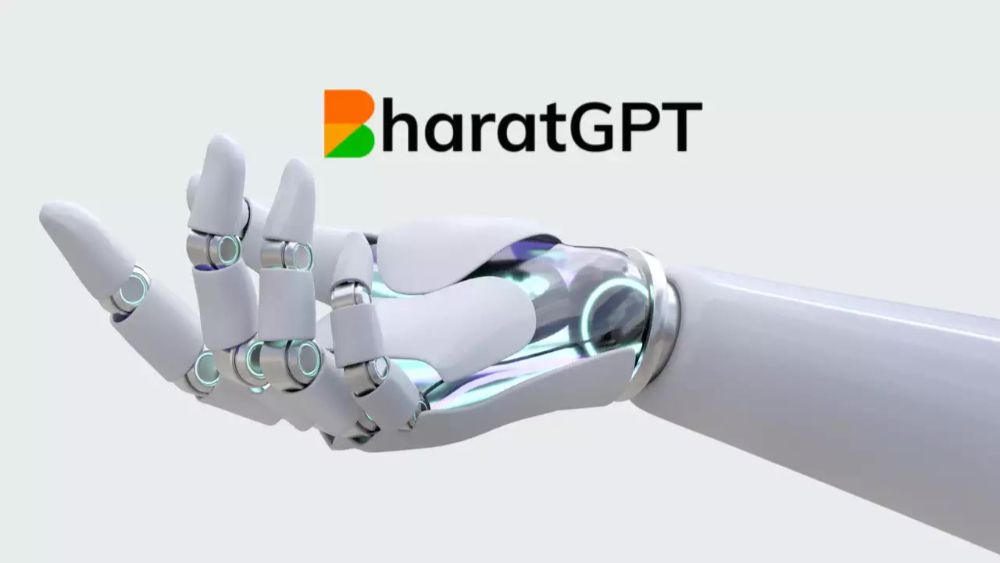Mukesh Ambani, the visionary billionaire behind Reliance Industries, has embarked on a groundbreaking journey in the realm of artificial intelligence (AI). Partnering with the esteemed IIT Bombay and eight other Indian Institutes of Technology, Ambani’s Seetha Mahalaxmi Healthcare (SML) has unveiled “Hanooman,” an innovative series of large language models (LLMs) tailored to 22 diverse Indian languages. This ambitious endeavour, known as “BharatGPT,” seeks to democratise AI access in India’s rich linguistic tapestry.

Hanooman’s Multimodal AI Capabilities
Hanooman transcends traditional language models by embracing “multimodal AI capabilities.” Not confined to text alone, this cutting-edge AI can comprehend and generate content across various mediums, including text, speech, and video. Picture seeking healthcare guidance or educational content in your native language and receiving tailored video responses or adaptive learning materials.
Open-Source and Accessible
Scheduled for release next month, the initial four models within the Hanooman series will range from 1.5 billion to 40 billion parameters. Crucially, these models will be open-sourced, fostering collaboration among developers and researchers to innovate and craft specialized applications across diverse sectors.
India’s linguistic diversity presents a formidable challenge for AI integration. Hanooman endeavours to surmount this obstacle by initially supporting 11 Indian languages, with plans to encompass all 22. This groundbreaking initiative promises to revolutionise information access and communication for millions, diminishing the language barrier that often impedes progress.
Hanooman’s Versatile Applications
Hanooman’s utility extends far beyond mere translation services. Envision chatbots delivering customer support in local dialects, personalised educational platforms catering to individual learning preferences, or AI-powered assistants aiding farmers in crop selection using their native tongue.

Challenges and Competitors
While Hanooman charts new territories in AI advancement, it encounters formidable challenges. Acquiring high-quality datasets in diverse Indian languages remains a significant hurdle. Furthermore, competition from other Indian LLMs like Ola’s Krutrim and IIT-Madras’s Airavata adds to the landscape’s complexity.
Despite the hurdles, Hanooman symbolises a remarkable stride forward in Indian AI innovation. Its emphasis on indigenous languages, coupled with an open-source ethos and multifaceted capabilities, harbours immense potential to empower individuals, businesses, and governmental initiatives nationwide.
